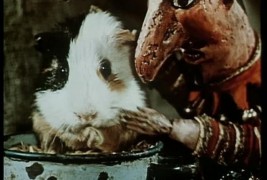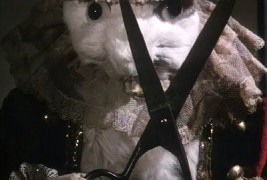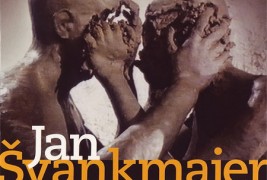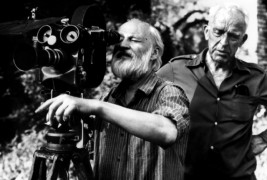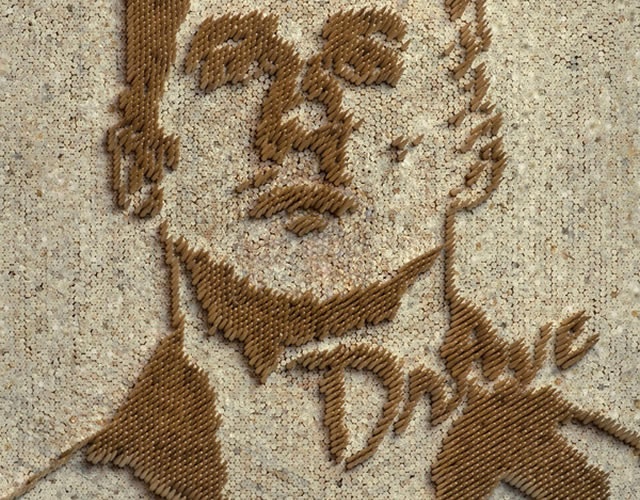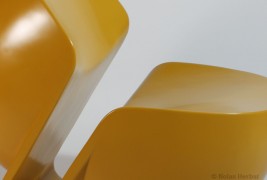
Dimensions of dialogue
May 24 2012, 8:00 amTwo bodies and a table. A man and a woman made of plasticine look at each other. Passion takes over. They touch, kiss, embrace, penetrate, to completely unite. After, the peace. The two bodies sit back in front of one another. The calm is only apparent, suddenly broken by something unexpected. The two lovers quarrel, taking expressions of anger and disgust, they beat each other, they destroy until they return one. The sound of violins, at first soft and enveloping, becomes threatening and disturbing, until abruptly cut off, leaving the viewer with a strange sense of unease. The author of this episode – Passionate Dialogue – is Jan Švankmajer. The original title is “Možnosti dialogu” (possibility of dialogue). Second sequence of a single short film from 1982, lasting 14 minutes, “Dimensions of Dialogue”. The first part is a tribute to the Italian ’500 painter Giuseppe Arcimboldo, the third and final episode features two male heads resting on a table, they get different objects out of their mouth, which relate to each other, sometimes in a complementary manner, other times in complete contrast. The common element to all three films is the dialogue, also evident from each of the titles (Dialog vecný, Dialog vášnivý and Dialogu vycerpávajícím). Czech surrealist filmmaker, born 1934. Author of many films and shorts, artist, unfortunately, very little known in Italy (his works are not distributed in any format). An inspiration for many great directors such as Tim Burton, Terry Gilliam and the Quay Brothers. Very fast sequences, exasperated sounds and inanimate objects coming to life through stop-motion, are the main features of the works of Jan Švankmajer. One of his most known work is Alice (1988). A remake that has little to do with the well known Lewis Carroll’s Alice, much darker and disturbing, where the Mad Hatter is a wooden nutcracker, the March Hare is a spring-loaded rabbit toy and the Caterpillar is a sock with glass eyes and false teeth. “The world is divided into two groups of different sizes … those who have never heard of Jan Švankmajer and those who have seen his work and know they have come face to face with a genius” (Anthony Lane – “The New Yorker”).
Artist: Jan Svankmajer
Video gallery
Comments
Next & Previous article
Lego art for Qubic Tax
May 24 2012, 10:00 amIn this historical period, to survive the economic crisis, many European [ ... ]
Tooth And Bone Ring Set
May 23 2012, 2:00 pmThe trend of jewelry shaped like bones, skulls and animal body parts in [ ... ]


